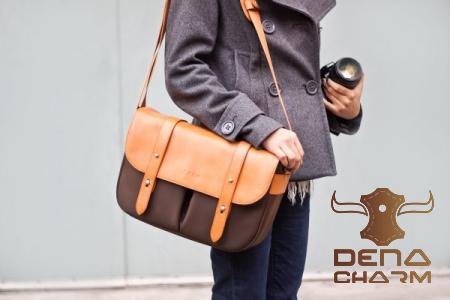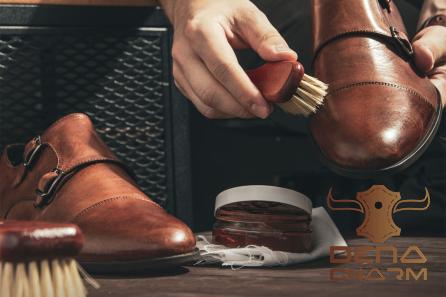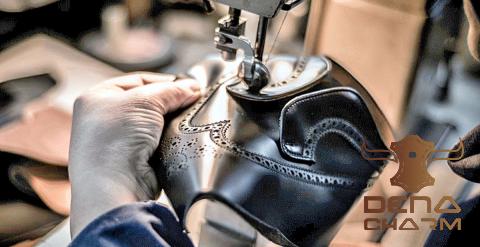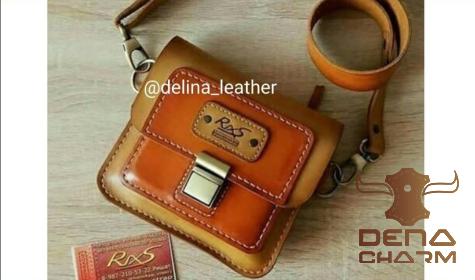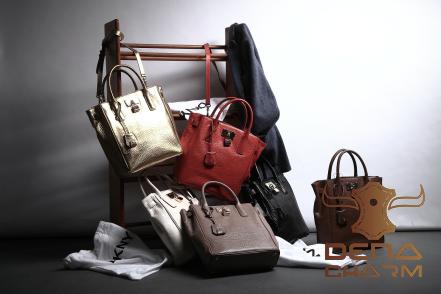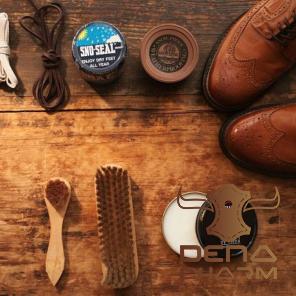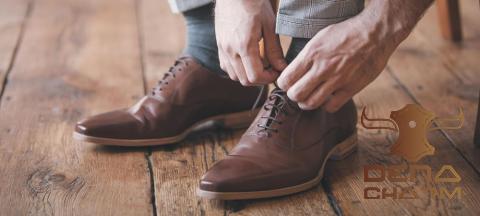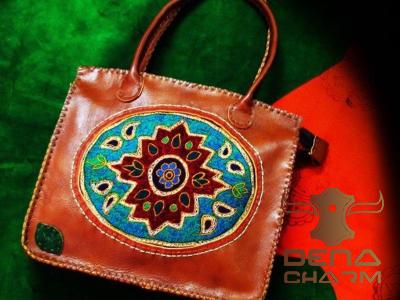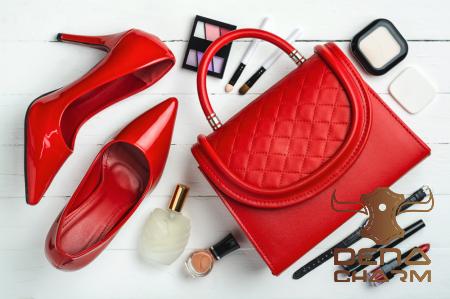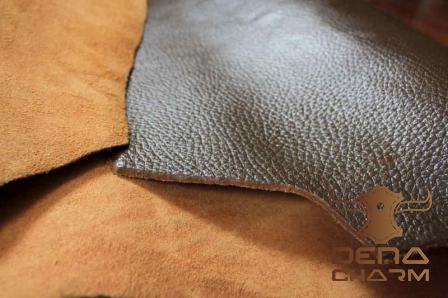In recent years, faux leather has gained significant popularity in both the fashion and upholstery industries due to its affordability, versatility, and environmentally friendly characteristics. Faux leather sheets have become increasingly sought after as a sustainable alternative to genuine leather. In this article, we will delve into the different types of faux leather sheets, learn about their manufacturing process, and explore various ways to incorporate them into your projects.
I. The Best Types of Faux Leather Sheets:
When it comes to faux leather sheets, there is a wide range of options available. Here are three popular types:
1. PVC (Polyvinyl Chloride) Faux Leather Sheets:
PVC faux leather sheets are made by applying a vinyl coating onto a fabric backing. They offer durability, water resistance, and ease of cleaning. PVC sheets are commonly used in upholstery, fashion accessories, and automotive interiors due to their ability to mimic the look and feel of genuine leather.
2. PU (Polyurethane) Faux Leather Sheets:
PU faux leather sheets are manufactured by coating a fabric backing with a layer of polyurethane. These sheets have gained popularity in recent years due to their soft, supple texture, as well as their resemblance to real leather. PU faux leather sheets are commonly used in handbags, clothing, and furniture upholstery.
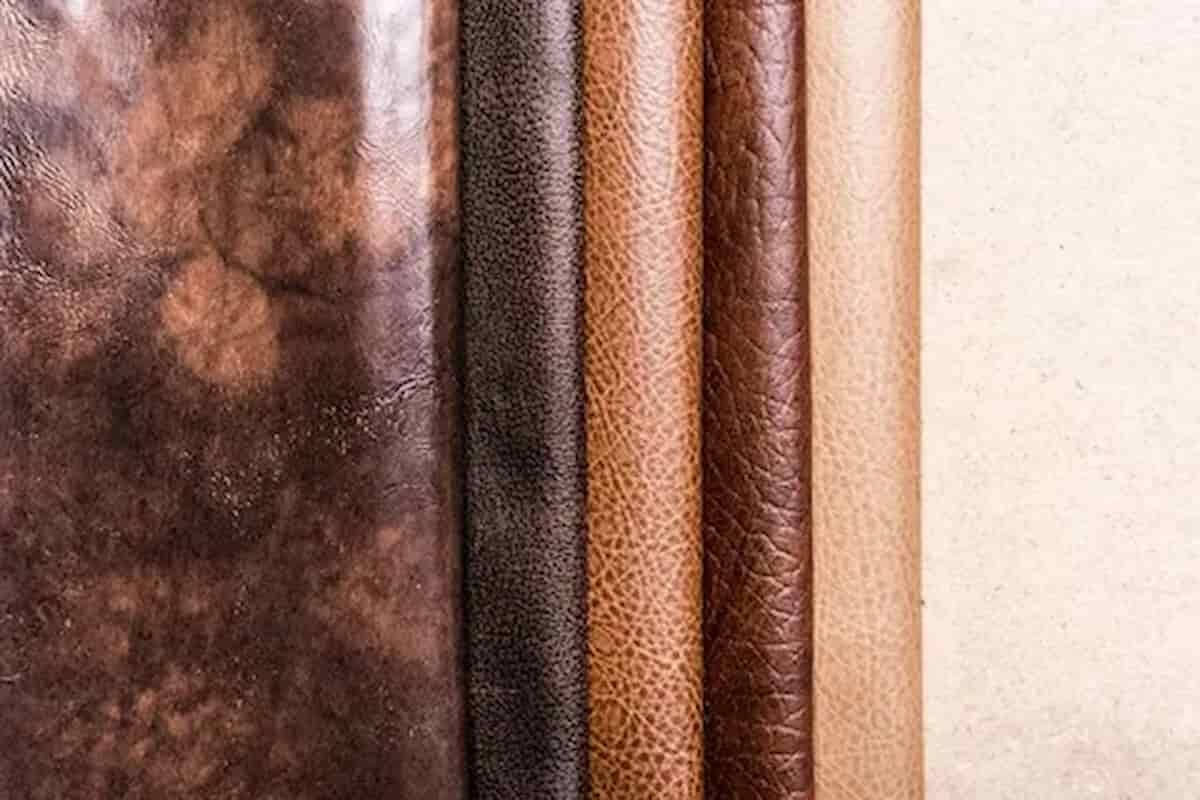
3. Microfiber Faux Leather Sheets:
Microfiber faux leather sheets are created using ultra-fine synthetic fibers, typically polyester and nylon. This material offers excellent breathability, moisture resistance, and a soft texture similar to genuine leather. Microfiber faux leather sheets are widely used in the apparel industry for garments, shoes, and accessories.
II. How to Make Faux Leather Sheets:
While the manufacturing process for faux leather sheets can vary, it generally involves the following steps:
1. Fabric Backing:
A fabric backing is selected based on the desired characteristics of the faux leather product. Common choices include cotton, polyester, and nylon.
2. Coating Application:
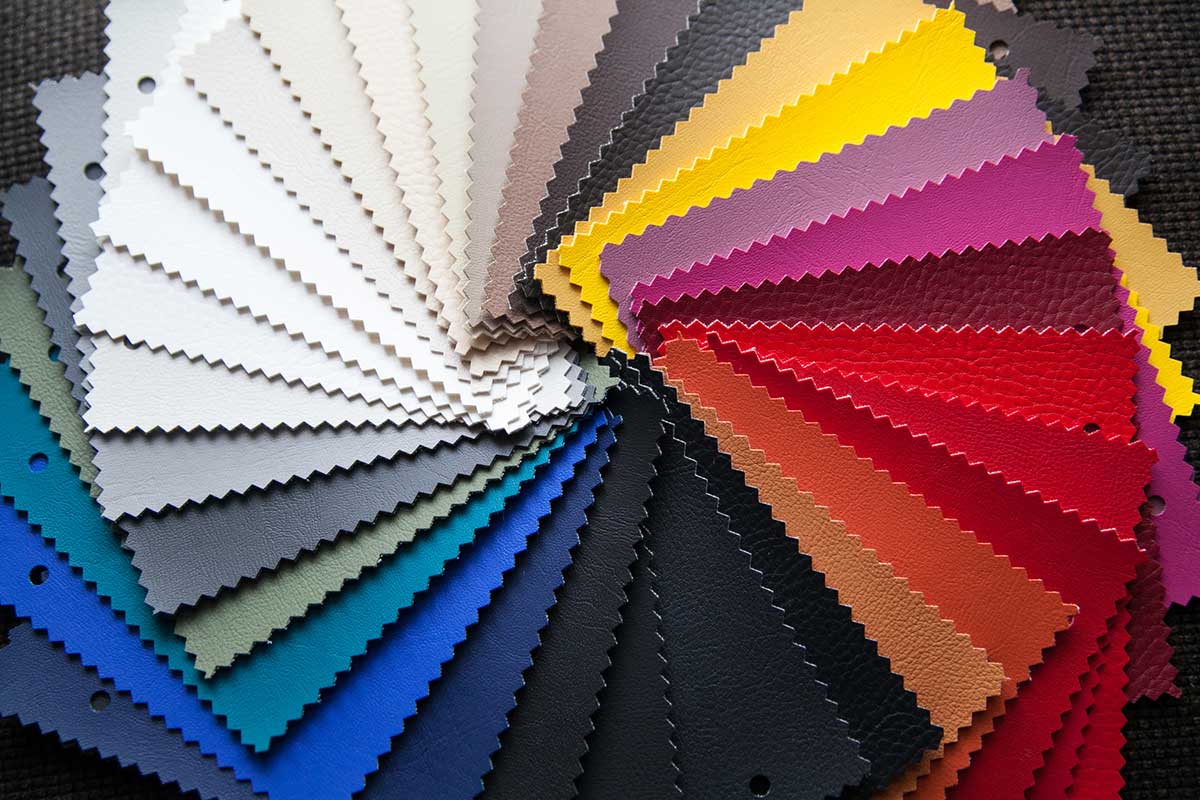
The chosen fabric backing is coated with a layer of either PVC or PU. The coating process may involve using a knife coating or a roller machine, ensuring an even and consistent application.
3. Embossing and Coloring:
Once the coating is applied, the faux leather may undergo an embossing process to give it texture and a more natural appearance. The embossed pattern can mimic animal hides such as crocodile or snakeskin. Coloring agents are also added during this stage to achieve the desired shade.
4. Finishing:
After the embossing and coloring process, the faux leather sheets are finished with a protective topcoat. This topcoat enhances durability, stain resistance, and adds a glossy or matte finish depending on the desired look.
III. How to Use Faux Leather Sheets:
Faux leather sheets are incredibly versatile and can be used in a variety of applications. Here are a few creative ways to incorporate them into your projects:
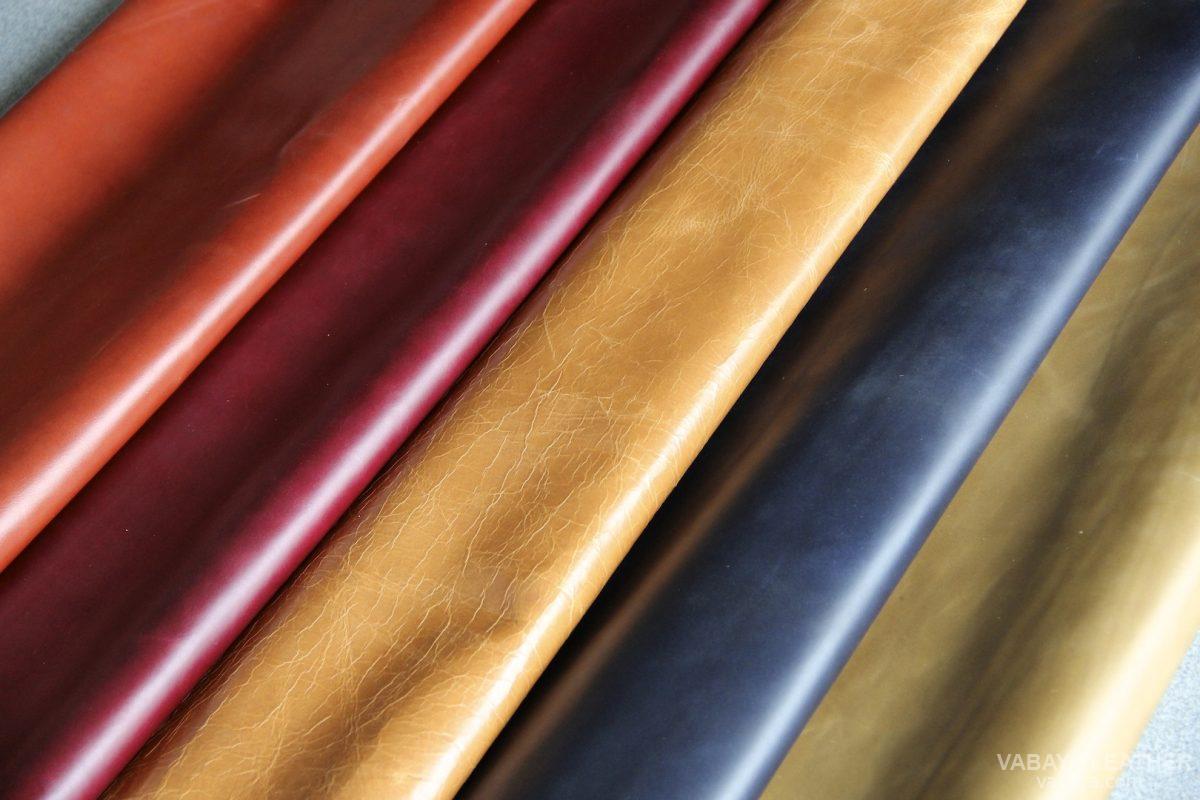
1. Upholstery:
Upgrade your furniture with faux leather sheets by re-covering cushions, armrests, or headboards. Faux leather provides a durable and easy-to-clean alternative while adding a touch of elegance to your space. Additionally, consider using faux leather sheets for decorative purposes, such as creating wall panels or accent pieces.
2. Accessories:
Faux leather sheets are perfect for creating a wide range of accessories, including handbags, wallets, belts, and jewelry. Their versatility allows for various design possibilities, and their durability ensures they will withstand everyday wear and tear.
3. Crafts and DIY Projects:
Faux leather sheets are a popular choice for crafters and DIY enthusiasts. They can be used to make phone cases, notebook covers, keychains, and much more. Their flexibility and ease of cutting make them ideal for intricate designs.
4. Fashion:
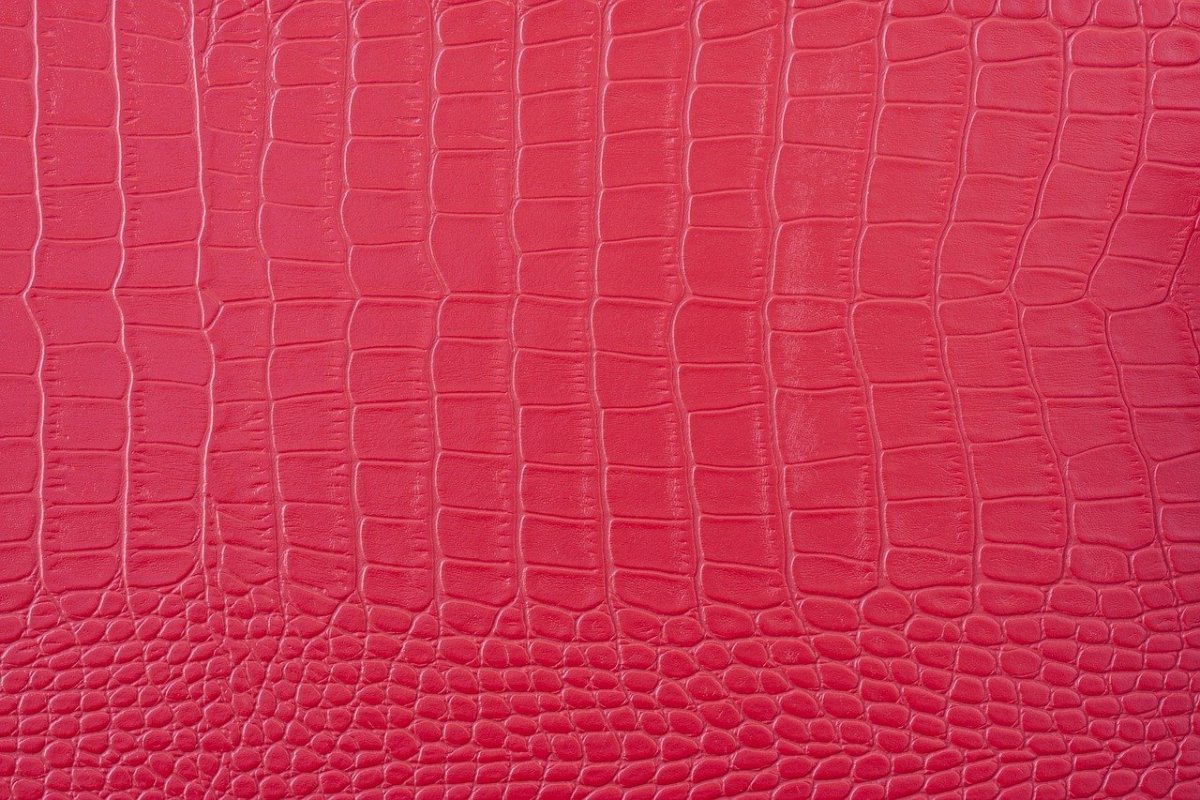
Fashion designers often incorporate faux leather sheets into their collections. Whether it’s creating edgy jackets, stylish skirts, or trendy shoes, faux leather offers endless possibilities in the world of fashion.
Conclusion:
Faux leather sheets have revolutionized the textile industry by providing a sustainable, affordable, and versatile alternative to genuine leather. PVC, PU, and microfiber faux leather sheets offer a wide array of choices to suit different needs and preferences. With their durability and resemblance to real leather, faux leather sheets can be used creatively in upholstery, accessories, crafts, and fashion. As the demand for eco-friendly materials continues to grow, faux leather sheets are poised to remain a popular choice for both businesses and individuals alike.
